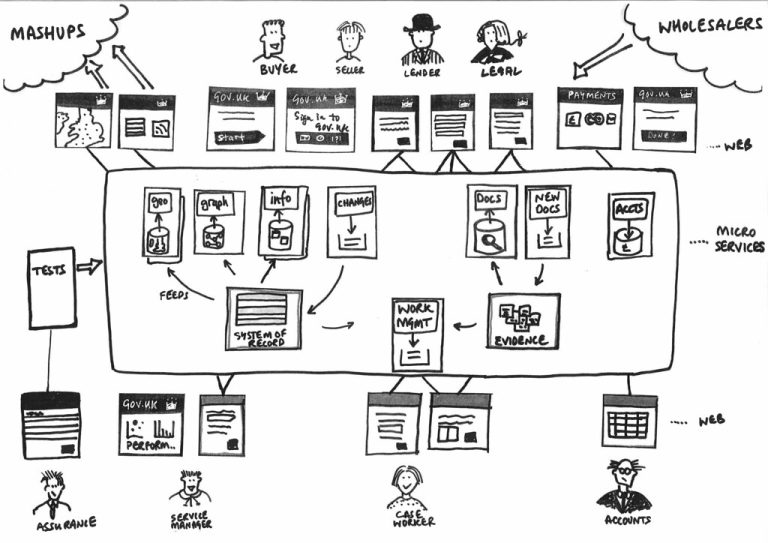Diving into the Command Design Pattern
Unmasking the Mystery: Diving into the Command Design Pattern
Howdy, folks! If you’re anything like me, a curious coder, you probably have come across design patterns in your programming journey. One that’s been particularly fascinating, and somewhat of a head-scratcher for me, is the Command Design Pattern. Today, I thought we’d dive in and try to unravel the mystery together. Ready for some code talk? Let’s do this!
Design A What Now?
A design pattern, if you’re new to this, is a general repeatable solution to commonly occurring problems in software design. Our star of the day, the Command Pattern, is pretty neat. It enables you to encapsulate a request as an object, thereby letting you parameterize clients with queues, requests, and operations. According to Wikipedia, this pattern comes handy when you need “object-oriented callback.”
A Real Life Example
To make sense of what the Command Pattern is, let’s consider a relatable example – a universal remote control. You know, the one that commands all the devices in your house, making you feel like a wizard of the tech world. Now, each button on this remote represents a command that performs an action, say, switching on the TV, rolling down the blinds, etc. In essence, that’s what the Command Pattern does; it executes commands upon a request.
Time to Get Technical
Moving from the living room to our code desk, imagine you’re building a text editor, and you want to implement undo, copy, and paste functions. With the Command Pattern, you can create command classes for each action like UndoCommand, CopyCommand, and PasteCommand. When a user triggers an action, the corresponding command is executed. And the best part? If you want to add a new functionality, say, a spell check, just create a new `SpellCheckCommand` class, and voilà, you’ve got a spell checker!
Why I Love the Command Pattern
There’s a reason the Command Pattern is close to my coder’s heart. First, it gives me the flexibility of introducing new commands without changing the existing code. Plus, it makes my code more readable and manageable. And having experimented with Java, Python, and C++, I can vouch that it works great across multiple programming languages.
Wrapping Up
So there you have it! The Command Design Pattern unpacked. While it might seem intimidating at first, once you get the hang of it, it’s a powerful tool to have in your developer toolbox. Next time you’re working on a complex project, give this pattern a spin!
As always, keep absorbing, keep experimenting, and remember to think out of the box. Or in our world – think out of the code block! Until next time, happy coding, amigos!






